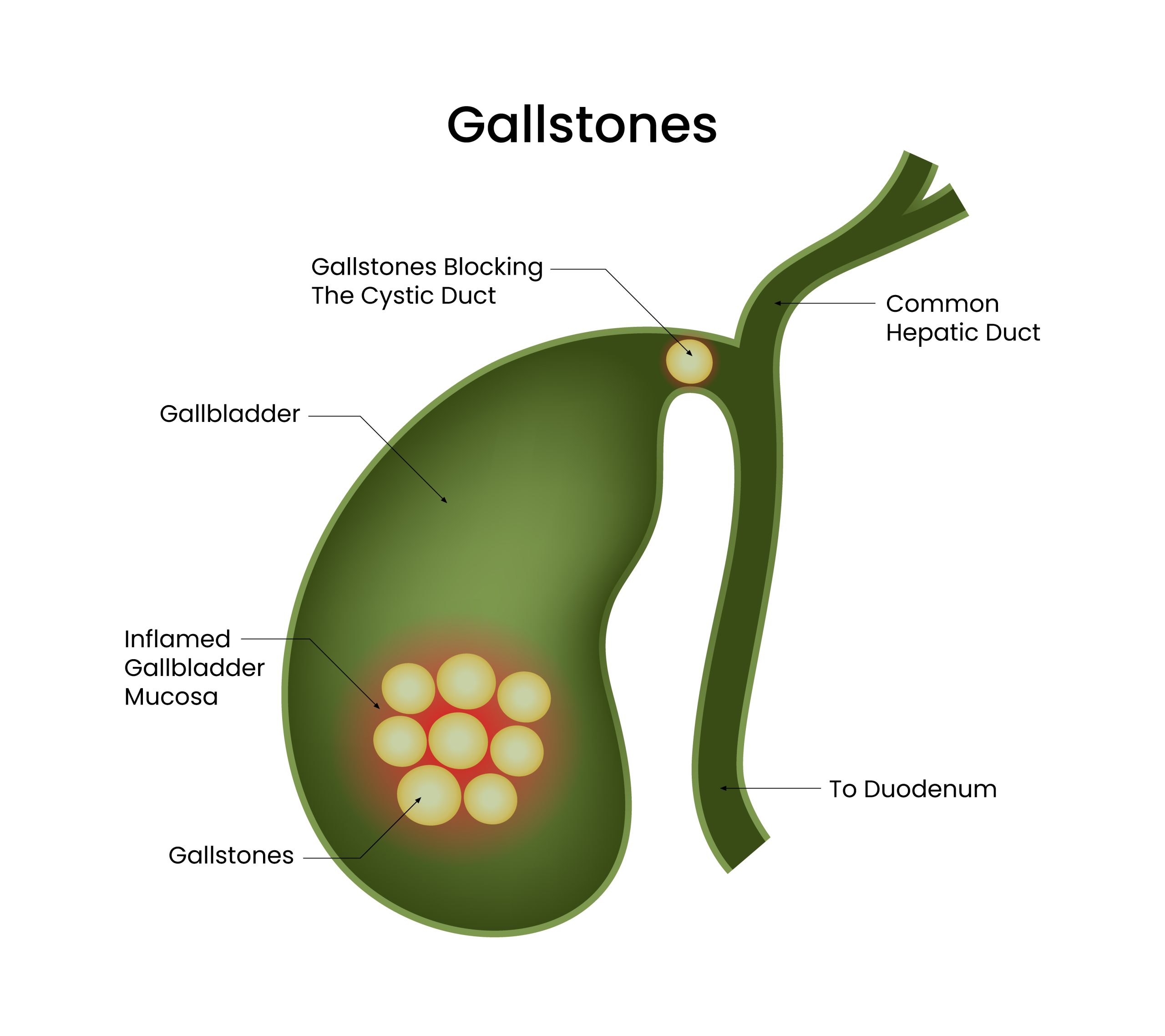Having a cholecystectomy (gallbladder removal) is meant to eliminate painful gallstones. So it can be confusing and frustrating if a patient’s symptoms—like severe pain, nausea, or indigestion—persist or return. When this happens, the cause may be related to the remnant cystic duct.
What Is the Remnant Cystic Duct?
The cystic duct is the small tube that originally connected the gallbladder to the common bile duct, the main drainage route for bile from the liver. During the removal of the gallbladder, a short portion (or stump) of this duct must be left behind to avoid injury to the main bile duct.
Remnant Cystic Duct Syndrome
In a small number of patients, this leftover stump may be unusually long, become inflamed, or form a small pouch. Crucially, if small gallstones were present near the duct’s opening at the time of the original surgery, they may have been missed. Alternatively, new stones can sometimes form within the residual, non-functioning stump.
This condition is known as Remnant Cystic Duct Syndrome. It effectively creates a small, functional ‘mini-gallbladder’ that continues to trap stones and cause irritation. The symptoms are often indistinguishable from the pain experienced before the original surgery: episodes of sharp abdominal discomfort, bloating, and sometimes jaundice.
Diagnosis and Minimally Invasive Solution
The first step of diagnosing this problem requires an awareness of remnant cystic duct syndrome- it can then be suspected based on history and clinical examination. Establishing the diagnosis may require imaging such as CT, MRI or an endoscopic ultrasound to clearly identify the stones lodged in the duct stump.
The definitive treatment for Remnant Cystic Duct Syndrome is a re-operation to safely remove the remaining portion of the cystic duct and any associated stones. In expert hands, this intricate procedure is often performed using minimally invasive techniques- either laparoscopically or robotically. Utilizing these advanced methods allows the surgeon to perform the precise dissection required while offering patients the benefits of smaller incisions, less pain, and a faster recovery compared to traditional open surgery.
Removing the anatomical source of the problem is the goal for providing lasting resolution of symptoms.
Patients experiencing persistent gallbladder-like symptoms after a cholecystectomy should seek a specialist evaluation to determine the precise cause and the most effective treatment plan.
